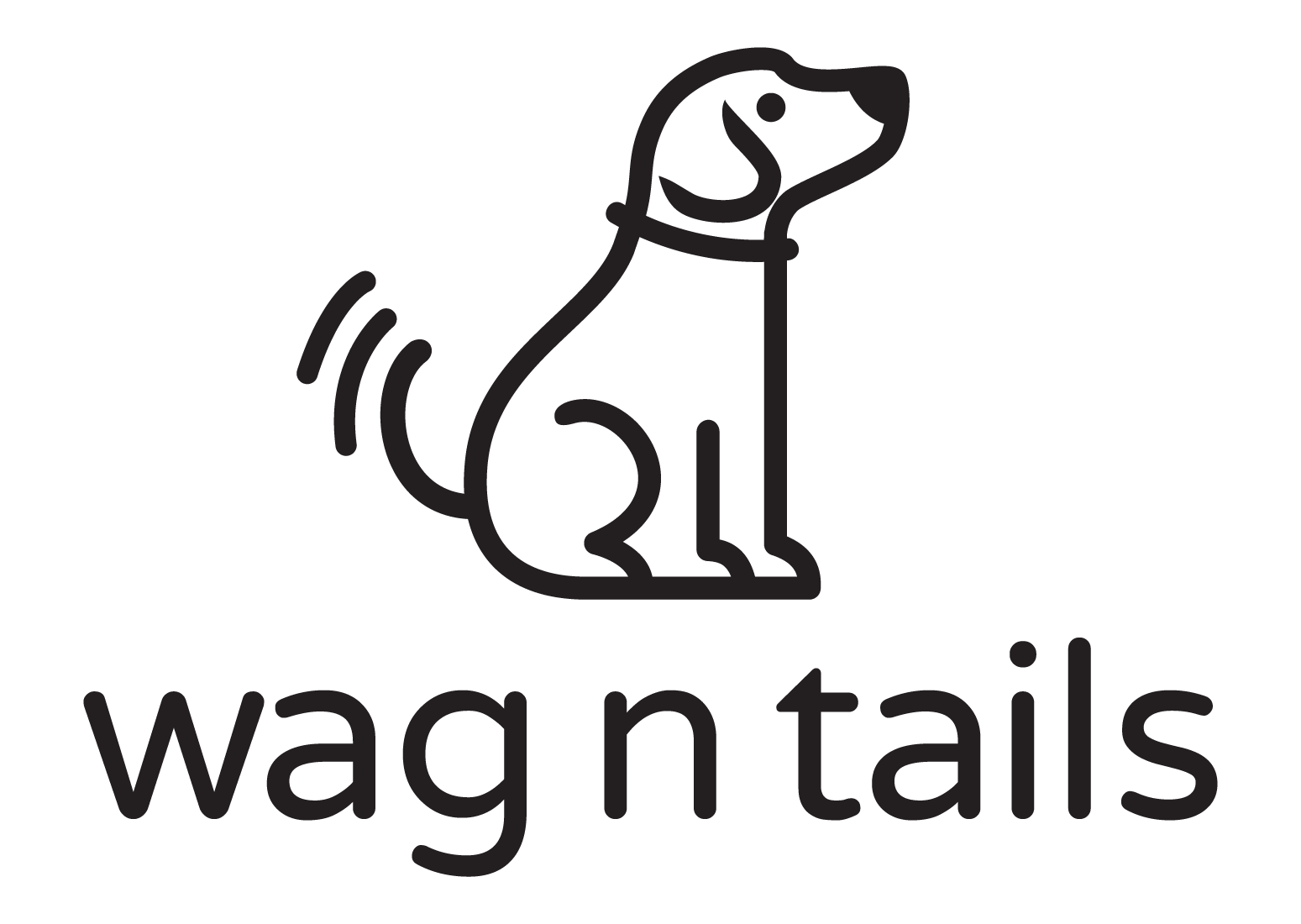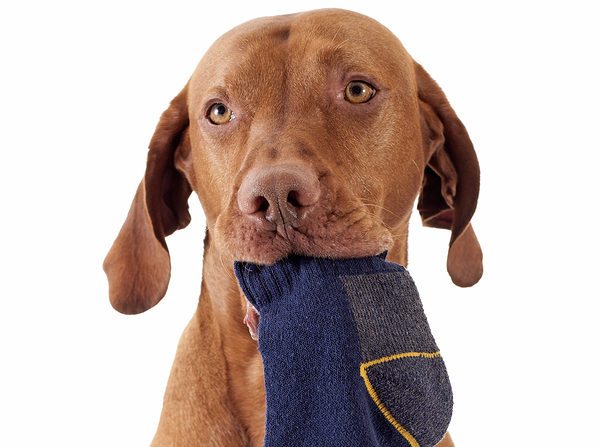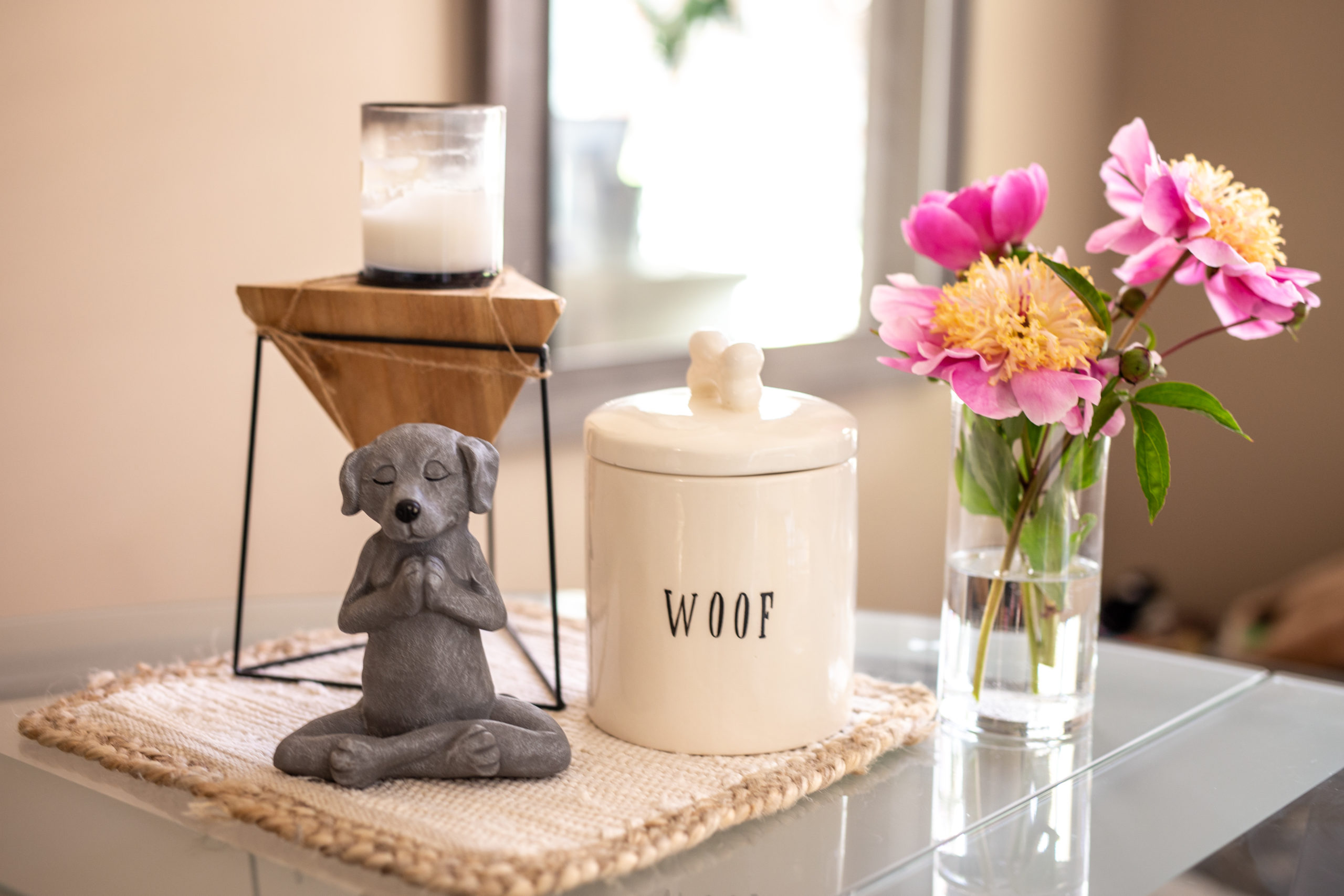Dogs: Thieves, hoarders and runners… Unless we teach them safety first!
Pet parents around the world must truly realize the value of investing in a positive dog training program to fix “problem” behaviors. Although, dogs don’t think running away is a problem; they certainly don’t think stealing things that don’t belong to them is anything but fun either. As a matter of fact, all of the wild, running, seeking and finding makes for a pretty perfect dog day.
But dogs don’t live in the wild some days, much to their chagrin. This is why we, as loyal pet parents, are responsible for teaching our dog’s safety first in our human world, and most especially to prevent “problems” from occurring in the first place, as much as we can.
I believe there are three cues or commands that every dog should know and understand. And, knowing the meanings behind these cues could be a matter of life or death.
Drop it
What is it about the wastebasket tissue that our dogs love so much? How about when the remote control is considered to be a perfectly reasonable chew snack? Everyday household items can be extremely dangerous for dogs including socks and undergarments which are a common choking hazard, and additional vet visit offenders include toxic foods and over-the-counter or prescription medications. Teaching a dog to willingly let go of any item in their mouth and relinquish could be, and has proven to be, a lifesaver. Teaching the drop it cue is also essential for dogs to understand in encouraging “polite play” as well. Check out my take it, leave it, drop it video here.
Leave it
This cue is taught to help the dog understand that whatever item he is “eye-balling”, he must leave it alone. Leave it means ‘don’t touch it’ and to look away. If your dog already took off with the sock, it’s too late to use the leave it command. In that case, you would use ‘drop it!’. Dogs need to understand that just because you accidentally dropped a bottle of medicine on the floor, this doesn’t mean the scattered pills are fair game. Teach this cue and your dog will thank you later.
The Recall or Come Command
Likely, every pet parent has experienced this next gut-wrenching feeling at least once in dogdom. I remember the day like yesterday when my pup got the neighborhood in an uproar and created my first experience with high blood pressure. I was unloading my car which was filled with boxes on moving day. My Golden Retriever, Charley, was in the backseat, only 6 months old. The second I opened the car door to grab a box, his eyes met the movement of a squirrel that was running across the street. I tried to stop him from pushing past the open car door, to no avail; he was on a mission. A car was quickly approaching the both of them during their intense game of chase and of course, Charley was completely oblivious. I was much too far away to do anything about the fact that his little innocent face was only inches away from the car’s back tire in his hot pursuit of the neighborhood pest. My frantic call to, “Come!” actually worked. I had laid enough foundation with that command and thankfully, our lessons proved to be my dog’s lifesaver and mine too, since I obviously thought I was having a heart attack. When he returned to me with a look as if to say, “Mannn…I almost had that bugger!”, I had to catch my breath and be thankful we made it through a day that could’ve easily been his last.
Teaching these three cues can save your dogs’s life, and yours!
Ready to train?
Check out our latest Body Language Seminar and learn more here.
How about a Leash Pulling Class? Register TODAY!
Check our eBook with all kinds of recipes, how-to’s, checklists, and videos HERE.





